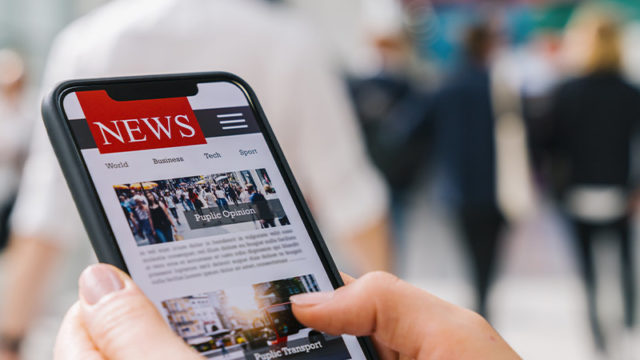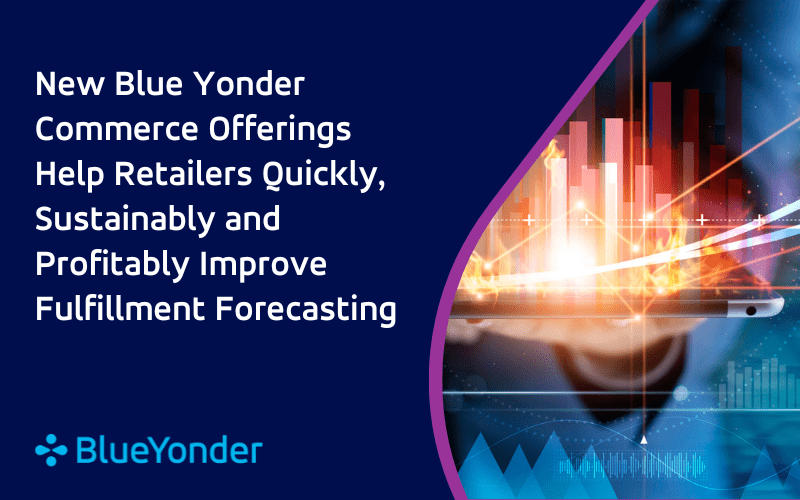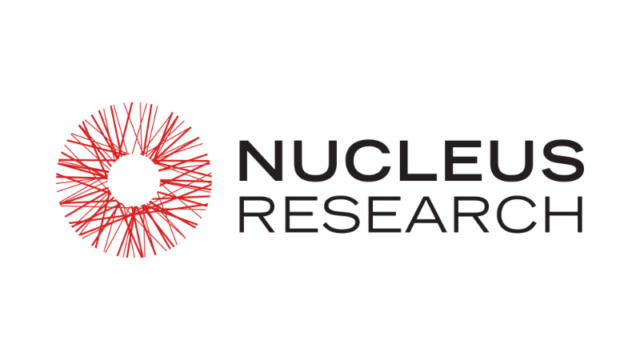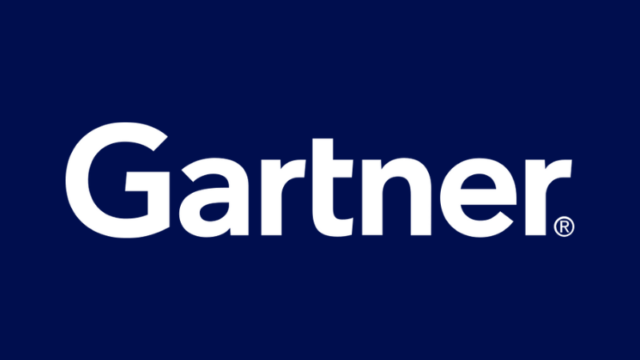New Blue Yonder Commerce Offerings Help Retailers Quickly, Sustainably and Profitably Improve Fulfillment Forecasting
Three new, first-of-their-kind SaaS microservices offer fulfillment forecasting across inventory, orders and labor to help improve sales and cost-to-serve
SCOTTSDALE, Ariz. – March 27, 2023 – As consumers seek more convenience with their shopping experiences – whether online or in-store – retailers and manufacturers are challenged to predict orders and place inventory and labor in ideal locations. To solve for this, Blue Yonder is introducing three new SaaS-based Blue Yonder Commerce microservices to dramatically improve cost and time to serve, operational excellence and customer satisfaction across the commerce ecosystem: Fulfillment Item Forecasting, Fulfillment Order Forecasting, and Fulfillment Labor & Resource Forecasting.
“As consumers continue to choose convenience on their own terms, retailers need forecasting and planning capabilities to predict demand and ensure high customer service no matter the consumer’s shopping preference,” said Eugene Amigud, senior vice president, Commerce, Blue Yonder. “Over the past few years, in-store versus online shopping habits have been fluctuating, leading to a trend of hybrid shopping. In the 2023 Omnichannel Experience Index report, we saw that 65% of shoppers expect the promised delivery/pickup time to be met while nearly half (46%) check stock availability online before visiting a store to make the purchase. Without the right fulfillment forecasting solution, retailers and manufacturers can lose out on sales and customer loyalty.”
These cloud native microservices support supply chain planners, retail leaders and store operators to predict and forecast item inventory, order counts or the labor needed to fulfill and meet omni-channel demand. The lightweight, standalone microservices can enhance existing Blue Yonder Commerce and Planning solutions or operate in conjunction with other planning and resource management solutions. They can be deployed quickly and inexpensively to deliver immediate value.
“Blue Yonder’s new Fulfillment Forecasting microservices are the first-of-their-kind and were truly designed to meet the needs of retailers and manufacturers,” added Amigud. “Our customers already using these microservices are seeing all the benefits that a good forecast drives from being able to stage the right inventory at the right fulfillment location and plan the right amount of labor.”
Fulfillment Item Forecasting
Blue Yonder’s Fulfillment Item Forecasting helps position inventory closer to the consumer. It forecasts demand based on consumers’ order specifications and aggregates this data within a given postal code. Then the microservice assigns the forecast to the ideal inventory nodes to service the market, whether that’s a physical store for buy-online-pickup-in-store (BOPIS) orders, the warehouse or distribution center for parcel delivery, or a micro-fulfillment center for same-day delivery.
Fulfillment Order Forecasting
Blue Yonder’s Fulfillment Order Forecasting predicts the number of orders at a store or warehouse location at the weekly, daily or hourly level. This microservice is perfect for higher volume orders found in grocery or health & beauty retailers. Order forecasts give retailers insights to predict labor or hard assets needed to pick BOPIS orders, understand and shape in-store traffic or attach support services like assembly or installation.
Fulfillment Resource Forecasting
Blue Yonder’s Fulfillment Resource Forecasting transforms demand intelligence into hard asset recommendations for labor and tools needed to fulfill commerce orders at the store or warehouse level. The microservice is focused exclusively on planning and positioning secondary and tertiary assets, as well as replacing manual, hyper-local and often outdated processes. The microservice allows retailers to plan specific fulfillment drivers tied to major KPIs.
Supporting Sustainability Initiatives
Blue Yonder’s fulfillment forecasting microservices support retailers’ sustainability initiatives by allowing them to place inventory closer to consumer demand both by item and fulfillment type. Positive impacts on sustainability include:
- Reducing split shipments, which saves cardboard and reduces miles on the road from extra packages.
- Eliminating near-time delivery or transfers of inventory from a DC or a nearby store for BOPIS orders, saving miles.
- Narrowing the amount of inventory needed to meet orders, which results in less space needed for stock (such as concrete floors and parking lots) that in turn can reduce heat pollution and decrease rainwater loss.
Additional Resources:
- Learn more about Blue Yonder’s Fulfillment Item Forecasting, Fulfillment Order Forecasting, and Fulfillment Labor & Resource Forecasting
About Blue Yonder
Blue Yonder is the world leader in digital supply chain transformations and omni-channel commerce fulfillment. Our end-to-end, cognitive business platform enables retailers, manufacturers and logistics providers to best fulfill customer demand from planning through delivery. With Blue Yonder, you’ll unify your data, supply chain and retail commerce operations to unlock new business opportunities and drive automation, control and orchestration to enable more profitable, sustainable business decisions. Blue Yonder – Fulfill your Potential™ blueyonder.com
“Blue Yonder” is a trademark or registered trademark of Blue Yonder Group, Inc. Any trade, product or service name referenced in this document using the name “Blue Yonder” is a trademark and/or property of Blue Yonder Group, Inc. All other company and product names may be trademarks, registered trademarks or service marks of the companies with which they are associated.
###
In The News
- Solutions Review: The Technology Transforming the Supply Chain

- Chain Store Age: How retailers benefit from new federal supply chain actions

- The Economic Times: Accenture and Blue Yonder celebrate opening of collaboration centers

- Fortune: It’s time to unshackle our supply chains

- Unite.AI: サプライチェーンにおける生成 AI の役割

Analyst Reports
Media Relations Inquiries
Marina Renneke, APR
Global Corporate Communications Senior Director
Rossella Benti
EMEA Corporate Communications Director
mediarelationsteam@blueyonder.com
480-308-3037
Analyst Relations Inquiries
Celeste White
Vice President, Global Analyst Relations
analyst.relations@blueyonder.com



